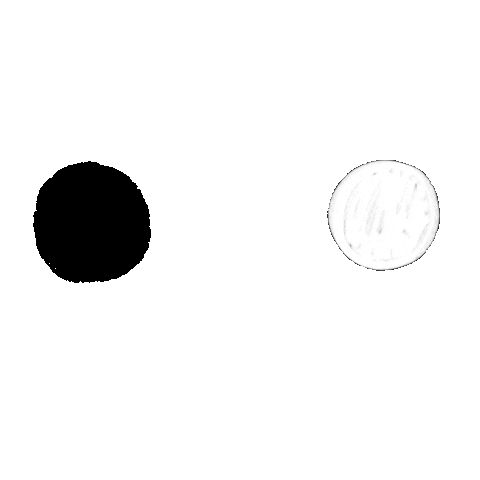Find Moving Lines of the I Ching
Find moving lines from an existing hexagram to gain a deeper understanding of the secrets of heaven. A tool for customers who have purchased Kabastro I-Ching.
Today is the day 25/05/2025 (28/04/2025 Lunar Calendar). Hour Yi Chou, Day Jia Wu, Month Ding Si, Year Yi Si

︾
1. Heavenly Stems - 天干
| Name | Icon Suggestion | Description |
|---|---|---|
| 甲 (Jia) | 🌳 (Tree or Wood) | Represents Wood Yang. |
| 乙 (Yi) | 🌿 (Sprout or Leaf) | Represents Wood Yin. |
| 丙 (Bing) | 🔥 (Fire or Flame) | Represents Fire Yang. |
| 丁 (Ding) | 🕯️ (Candle) | Represents Fire Yin. |
| 戊 (Wu) | ⛰️ (Mountain or Earth) | Represents Earth Yang. |
| 己 (Ji) | 🌍 (Globe or Earth) | Represents Earth Yin. |
| 庚 (Geng) | ⚒️ (Hammer or Tool) | Represents Metal Yang. |
| 辛 (Xin) | ✨ (Sparkle or Shining Metal) | Represents Metal Yin. |
| 壬 (Ren) | 🌊 (Wave or Flowing Water) | Represents Water Yang. |
| 癸 (Gui) | 💧 (Water Drop) | Represents Water Yin. |
2. Earthly Branches - 地支
| Name | Icon Suggestion | Description |
|---|---|---|
| 子 (Zi) | 🐀 (Rat) | Represents Zi (Rat). |
| 丑 (Chou) | 🐂 (Ox) | Represents Chou (Ox). |
| 寅 (Yin) | 🐅 (Tiger) | Represents Yin (Tiger). |
| 卯 (Mao) | 🐇 (Rabbit) | Represents Mao (Rabbit). |
| 辰 (Chen) | 🐉 (Dragon) | Represents Chen (Dragon). |
| 巳 (Si) | 🐍 (Snake) | Represents Si (Snake). |
| 午 (Wu) | 🐎 (Horse) | Represents Wu (Horse). |
| 未 (Wei) | 🐐 (Goat) | Represents Wei (Goat). |
| 申 (Shen) | 🐒 (Monkey) | Represents Shen (Monkey). |
| 酉 (You) | 🐓 (Rooster) | Represents You (Rooster). |
| 戌 (Xu) | 🐕 (Dog) | Represents Xu (Dog). |
| 亥 (Hai) | 🐖 (Pig) | Represents Hai (Pig). |
3. Six Beasts - 六兽
| Name | Icon Suggestion | Description |
|---|---|---|
| 青龙 (Azure Dragon) | 🐉 (Dragon or Eastern Dragon) | Symbol of power and protection. |
| 朱雀 (Vermilion Bird) | 🦩 (Flamingo or Phoenix) | Represents fire and renewal. |
| 勾蛇 (Hooked Serpent) | 🐍 (Snake with a hooked shape) | Represents cunning and strategy. |
| 飞蛇 (Flying Serpent) | 🐲 (Dragon or Flying Snake) | Symbol of transformation. |
| 白虎 (White Tiger) | 🐅 (White Tiger or Tiger) | Represents courage and ferocity. |
| 玄武 (Black Tortoise) | 🐢 (Turtle or Tortoise with a snake) | Symbol of wisdom and stability. |
4. Six Relatives - 六親
| Name | Icon | Structure (Pinyin & Chinese) | Description |
|---|---|---|---|
| Parents | 👨👩👧👦 | Fumu (父母) | Represents nurturing, protection, and guidance from elders or supporters. |
| Authority/Demons | ⚖️ | Guigui (官鬼) | Represents career authority, officials, or obstacles (both challenges and protection). |
| Siblings | 👫 | Xiongdi (兄弟) | Represents siblings, peers, colleagues, or equals in relationships. |
| Offspring | 👶 | Zisun (子孫) | Represents descendants, creativity, future achievements, and blessings. |
| Spouse/Wealth | 💍 | Qicai (妻財) | Represents marriage, financial resources, possessions, or material wealth. |
Enter the keyword you need to look up information, all information - knowledge - data of Kabastro will be for you!
"Let Kabastro accompany you on your Spiritual Journey."
